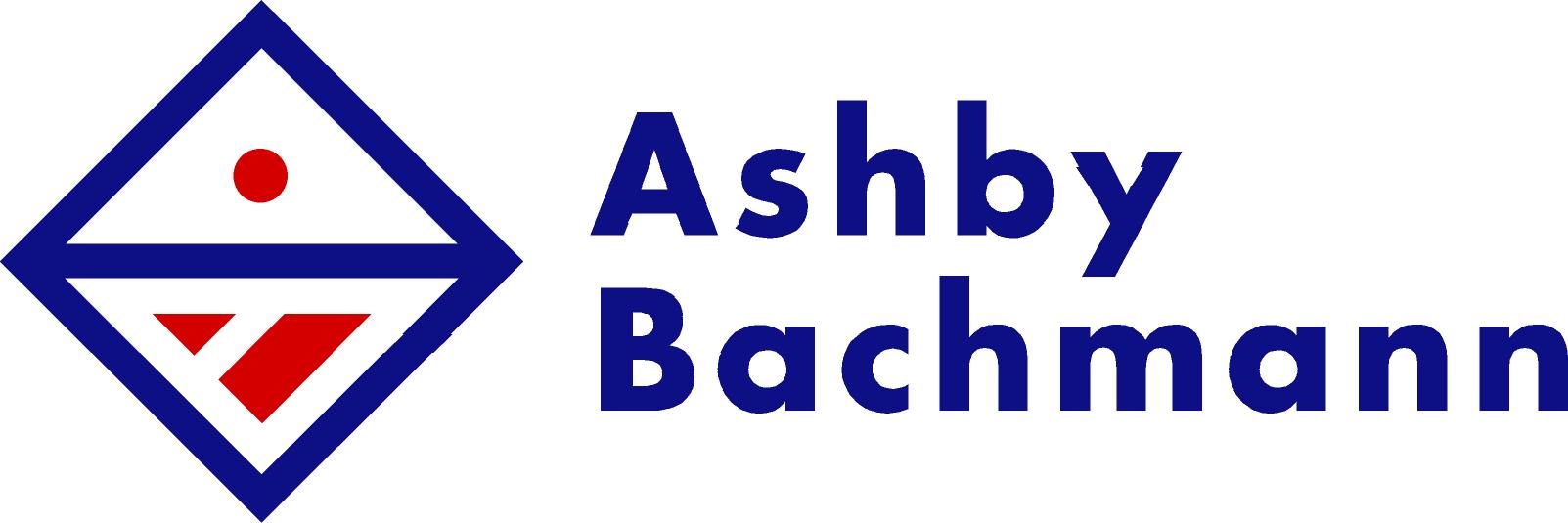In Step#3 we emphasised the importance of a firm procedural foundation to successful projects. No foundation stone is more important than the inputs and outputs associated with Steering Committee over-sight. The documents should include, as a minimum; an issues log, a register of requirements changes and a continuous and comprehensive list of budget and timetable changes. These are among the most basic, yet critical tools of effective project management.
This is not the forum for elaborating on the form or content of these documents – that is the domain of project management tomes. Suffice to say that they should be understandable to the CEO, as well as to all project stakeholders, and should guide the project not merely report on it.
Yet, our analysis of failed projects suggests that these documents are often regarded as cures, rather than diagnoses. Nothing could be further from the truth. Indeed many, in themselves, are not even diagnoses so much as ‘test results’ awaiting a diagnosis from the specialists on the patient’s case. The Steering Committee are those specialists.
Their deliberations and conclusions should represent not only a diagnosis but also a recommended course of treatment, expected results and responsibilities for follow-up.
Like a patient’s chart, the elements of this course of treatment should be available to all relevant participants in the patient’s treatment. And, of course, you are the patient advocate.
All too frequently, project participants are reluctant to identify issues in a timely manner. There is natural aversion to accepting responsibility, or to cast blame on others. As well, there is an innate optimism in projects, a belief or hope that, despite Murphy’s Law, everything will work out before the deadline. Steering Committees are not immune from optimism. Healthy scepticism is warranted.
What is sometimes obscured in status reports is un-resolved interdepartmental conflict. In an ideal world this would be resolved by the factions themselves, or by the project manager. Realistically, you might be required to be the mediator, or the arbiter. But to perform either role, you first have to first become aware.
Telltale signs can be encoded in the minutes: Where members were before identified as Regrets they are now Absent. Or tardiness and habitual substitution of personnel is now reflected in Attendance. Issue resolution is deferred without responsibility being assigned for providing definitive data to end the deferment.
Parsing these clues can take valuable time from both you and the project. An alternative is to encourage openness in discussing issues or disagreements with you as they arise. It need not place an obligation on you to mete out the wisdom of Solomon immediately, but it provides the impetus for the parties to strive for resolution amongst themselves – and gives you an early heads-up on the issue.
Alternatively, and especially on long-duration projects, your scheduled attendance at occasional meetings of the Steering Committee will foster collaboration in finding solutions to outstanding issues.
As with Project Management itself, your ultimate responsibility is not merely to monitor, but to ensure the achievement of results.
